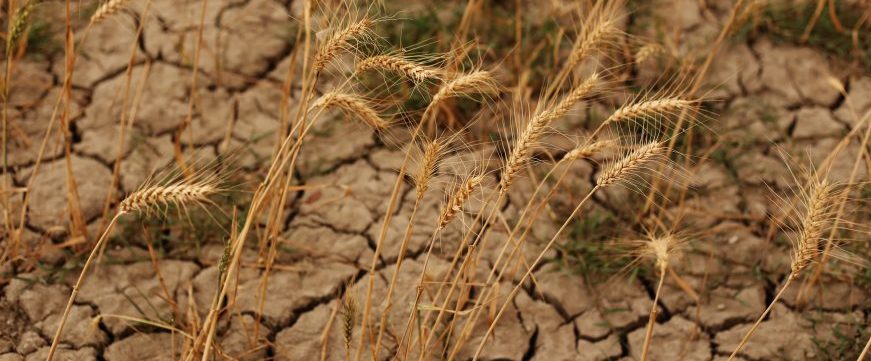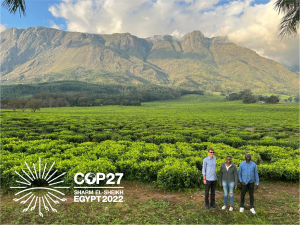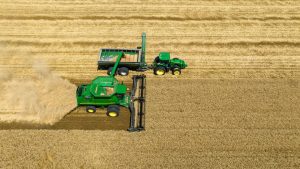- SIWI – Leading expert in water governance
- /
- Latest
- /
- Wasting and dining: the new water dilemma
Wasting and dining: the new water dilemma
Concerns about the supply side of food systems are shifting from insufficient production and supply, to issues likely to affect food production in the medium and long term, such as water risks, global warming and environmental consequences. Read this blog by Jan Lundqvist, where he highlights the mismatch, but also opportunities, in food production and intake.

Water budgets to produce an average diet in rich communities are typically estimated to be around 5 tons per capita per day. Even lean diets can hardly be produced with less than a ton of water per person and day. The range in water budgets for diets of body builders and other big eaters, to vegetarian diets as well as between social groups and individuals is huge. Based on available crude assumptions of how much water is required to produce the vegetarian and animal components in an average food basket, estimates can be calculated about the human imprints on water and other resources.
Compared to the situation some fifty years ago, the water budget to cater for contemporary food preferences, has increased by about a ton per person and day. The difference is due to an amazing increase in average food production/supply and a higher share of animal-based foods in the preferred diets. Average food supply, i.e. what is available on the market, has increased by about 30 per cent per capita over a fifty-year period, from the beginning of the 1960s to 2011, parallel with a global population increase from about 3 to 7. 5 billion. Never before have so many been exposed to such an abundance in food supply, from all parts of the world, at all time. While the poor still have to spend half, or much more than that, of their minute income, a growing number of people may access food which is readily available. The price tag and the display in stores signal the illusion that food is cheaper and cheaper and easier and easier to produce and in turn that it is OK to throw away part of it.
Equally true, but much more disturbing: never before have the losses and waste of food been so large and never before has the triple malnutrition (with obesity, diabetes and other chronic diseases) been at the level reported today. With an abundance in production and lavishness in supply, it is but logical that overeating and the throwing away of food, even food that is fit to eat, is increasing. Combining figures on losses, waste and overeating, suggests that roughly half of the food produced in the world is misused and that the intended benefits are forgone while negative externalities have increased. It is true and well that the unit cost of food production has been reduced, but there is no such a thing as a free lunch: all food produced has required water, energy, land, investments and generated greenhouse gases and other downstream negative consequences.
Let us be clear that water scarcity is both absolute (e.g. seasonal and in arid areas) and relative; it is more sensible to recognize the implications of demographic trends and lavish spending than blaming water for being scarce. Food systems and changing habits can make or break the dictum of a water wise world. The world, the poor as well as the rich, needs more nutritious food and efficient and fair distribution, rather than more energy dense food. Farmers must be given economic and other incentives and support to contribute to a transformation where more nutrition is produced per drop. It is not only farmers that are key players in the required transformation. With more and more money in our pockets, consumers are drivers in food systems and they are both victims and culprits in the triple malnutrition. Policies are required to align the supply and demand sides with due recognition of water, nutrition and other realities.
Most recent

SIWI’s endorsement of the COP29 Declaration on Water for Climate Action
- Water and climate
- World Water Week
- Water governance

SIWI-WASH experts join IVL
- Water, Sanitation and Hygiene (WASH)
- Water governance

Women hold the key to building climate resilience
- Gender and water
- Resilience through water

The critical role of Indigenous Peoples’ knowledge for innovation

How can we better manage our common water resources?

Futureproofing food: farming in a warmer, drier climate


